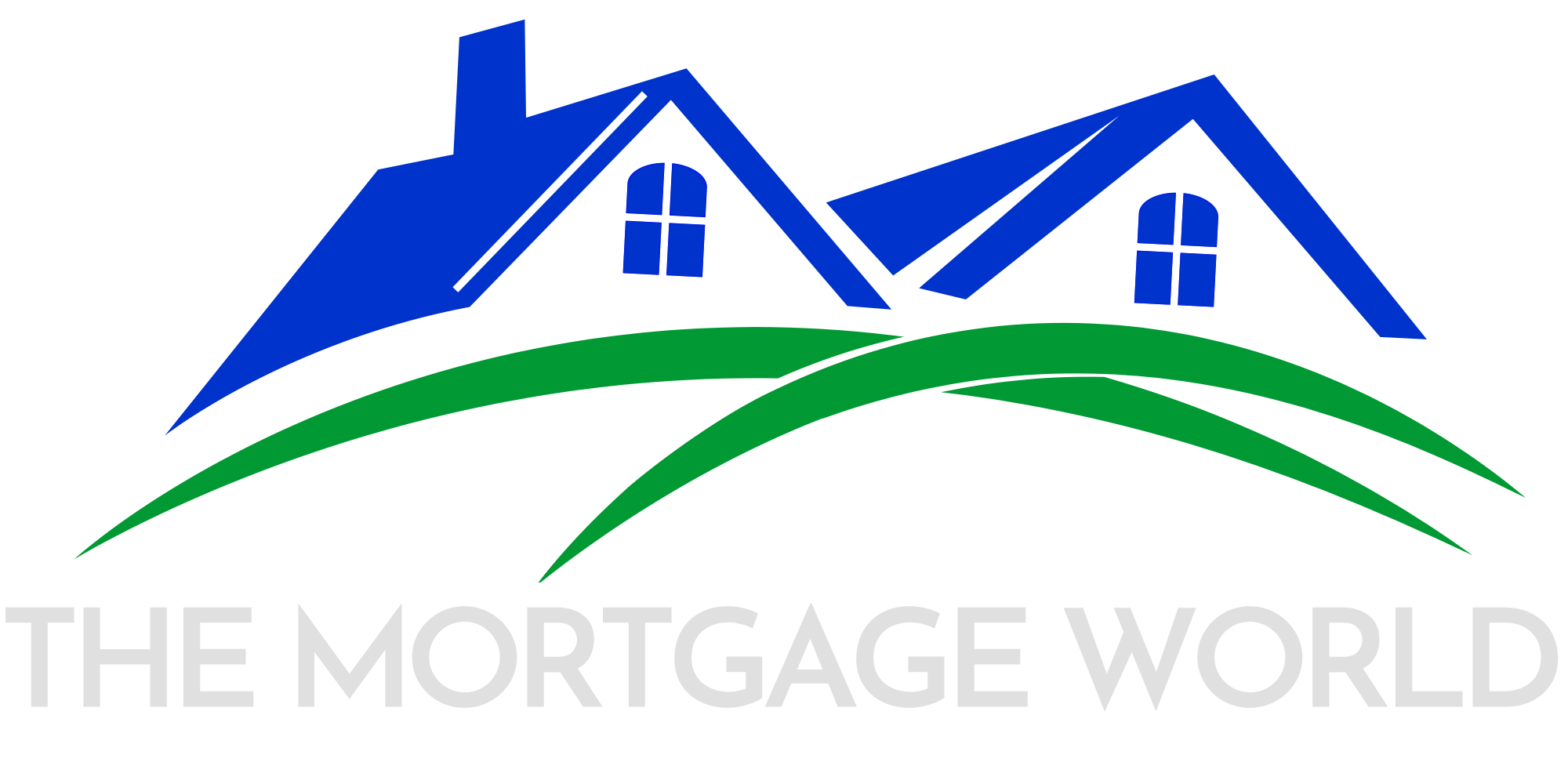
Draws Schedule for the Construction Mortgage
1st Draw to assist with purchase of lot (land) or take equity out of lot you already purchased. Normally about 50% value of the lot. 2nd Draw at 35% of the construction complete, at lock up – windows, doors installed and completed roof. 3rd Draw at 65% of the construction complete, dry wall installed taped and finished. 4th Draw at least 97% complete or Final OccupancyTypes of construction mortgage Financing
- Using a Builder/Contractor:You have entered into an arrangement with the registered builder to build your house. Builder is using your construction mortgage financing to build your house.
- Building yourself:You are your own contractor and hire the sub-contractor or trades man to do the construction for you.
